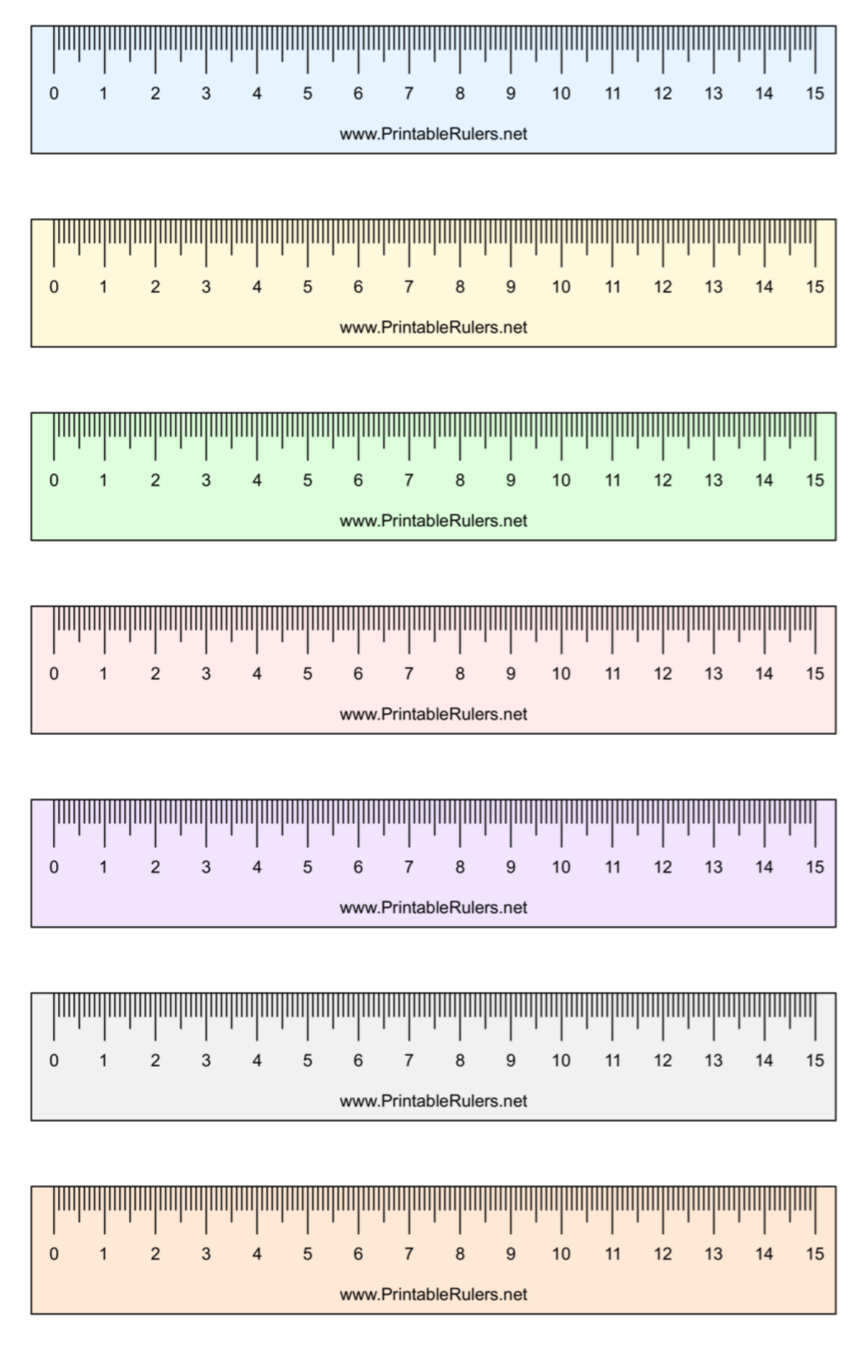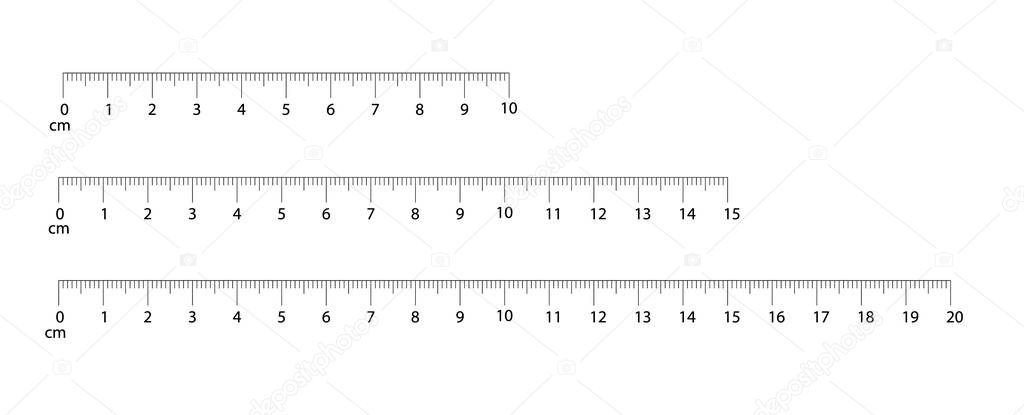

We can see that 3,600mm in real life is equivalent to 72mm on our scale ruler.We can see that 1000mm (or 1.0m) in real life is equivalent to 20mm (or 2cm) on our scale ruler.We take our scale ruler and flip it to our 1:50 scale.We can try to convert from 3,600mm by dividing by 50, or we can use a scale ruler. Say we are drawing a bathroom room layout at 1:50 (one is to 50). To create a drawing from a real-life object we first determine the scale we are using for that particular drawing. Converting measurements on a scale drawing to real life.Ġ1 | Convert Real Life To A Scale Drawing.Converting measurements from real life to a scale drawing and.Once you have the correct scale ruler, how do you use it? There are two ways to use a scale ruler: Architectural Scales include scales such as 1:1, 1:2, 1:5, 1:10, 1:20, 1:50, 1:100, 1:200, 1:500 and more rarely 1:25 or 1:250.Īs an architecture student, you should use the standard scales in the presentation of your work and avoid unusual scales such as 1:75,1:300, or 1:400.Urban Scales might include just large scales such as 1:10,000, 1:20,000.Engineering Scales include scales such as 1:75, 1:300, 1:400.This will depend largely on your profession or discipline. The second consideration in choosing a scale ruler is which scales you will be using. Metric Units – Refer to millimetres (mm), centimetres (cm) and metres (m).Imperial Units – Refer to feet and inches.

This will vary depending on which country you reside in. The first thing you must consider in choosing a scale ruler is which type of unit of measurements you are using. Learn more in the article titled “ An Introduction To Architectural Drawing Systems ” Choosing A Scale RulerĪ scale ruler is used to help understand the proportions of the drawing or model representation as a proportion of the real-life object. Types Of ScaleĬertain scales are used to produce different drawings. When a mass or a volume (length x width x height) is either drawn three-dimensionally or created as a physical model, the real-life volume is twenty times the length and twenty times the width and twenty times the height, so 8,000 times larger. When a square or an area (length x width) is drawn on a page, the real-life area is twenty times the length and twenty times the width, so 400 times larger. What is important to note is that when a single line or length is drawn on a page the real-life line is twenty times longer. The number on the right of the colon refers to how many time larger the real-life measurement is.įor example, a scale of “one to twenty” means that one millimetre on a page represents twenty millimetres in real life.The number on the left of the colon refers to one unit on the page as a representation of real life.With metric scale, we pronounce scale as “one” which is the number on the left, “is to” which is the colon “fifty” which is the number on the right. It is important to note that architects generally use millimetres when developing their drawings, not centimetres or metres. We can either work in metric (metres, centimetres, millimetres) and imperial (feet and inches). A scale drawing or model is like taking the original and shrinking it down proportionally. In architecture, we generally reduce the scale rather than enlarge it. Scale in design refers to the enlarged or reduced representation of a real, full-size object in a drawing or physical model while retaining the proportions of the original.


 0 kommentar(er)
0 kommentar(er)
